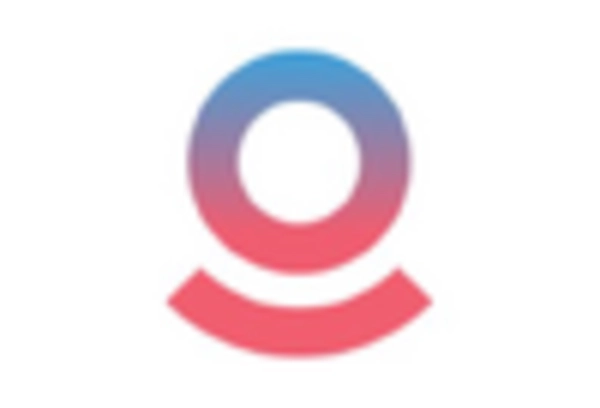Emea Blood Glucose Monitoring Size
EMEA Blood Glucose Monitoring Market Growth Projections and Opportunities
The blood glucose monitoring market is significantly influenced by various market factors that collectively shape its dynamics and growth trajectory. One of the primary drivers is the increasing prevalence of diabetes globally. As the number of individuals diagnosed with diabetes continues to rise, the demand for effective and efficient blood glucose monitoring devices also grows. This surge in demand is further fueled by the growing awareness among patients about the importance of regular blood glucose monitoring in managing diabetes.
Technological advancements play a pivotal role in shaping the blood glucose monitoring market. The continuous development of innovative monitoring devices, such as continuous glucose monitoring (CGM) systems and smart glucose meters, has revolutionized the way individuals manage their diabetes. These technologically advanced devices offer real-time monitoring, data analysis, and connectivity features, providing patients and healthcare professionals with valuable insights into glucose levels and trends. As a result, the market is witnessing a shift towards these advanced technologies, contributing to overall market growth.
Government initiatives and healthcare policies also significantly impact the blood glucose monitoring market. Many governments worldwide are actively promoting diabetes management programs and offering subsidies for glucose monitoring devices to improve patient outcomes. These initiatives aim to reduce the economic burden associated with diabetes-related complications and hospitalizations. The supportive regulatory environment further encourages market players to invest in research and development, fostering innovation in blood glucose monitoring solutions.
The increasing geriatric population is another key factor driving the blood glucose monitoring market. Elderly individuals are more susceptible to diabetes, and the rising aging population contributes to the overall growth in the number of diabetes cases. As a result, there is a higher demand for reliable and user-friendly blood glucose monitoring devices tailored to the specific needs of older adults. Market players are responding to this demand by developing products with features such as large, easy-to-read displays and simplified user interfaces.
Furthermore, lifestyle changes and dietary habits significantly impact the prevalence of diabetes, consequently influencing the blood glucose monitoring market. Unhealthy lifestyles, sedentary behavior, and poor dietary choices contribute to the increasing incidence of diabetes globally. This has created a substantial market opportunity for blood glucose monitoring devices as individuals seek effective tools to manage their condition and make informed lifestyle choices.
Competitive dynamics within the market are shaped by factors such as mergers and acquisitions, collaborations, and strategic partnerships. Companies are actively engaging in these activities to strengthen their product portfolios, expand market presence, and leverage complementary technologies. The competitive landscape is evolving, with a focus on offering integrated solutions that combine monitoring devices with data management platforms and telehealth services.


















Leave a Comment